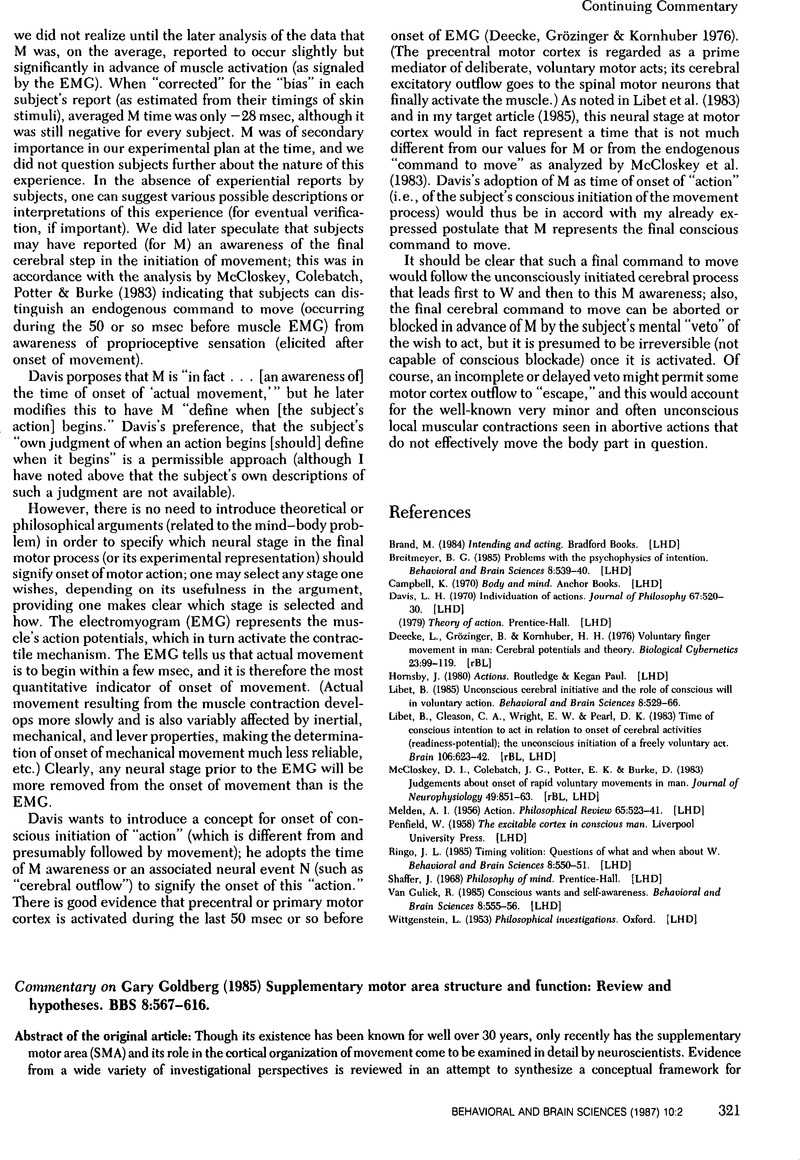Crossref Citations
This article has been cited by the following publications. This list is generated based on data provided by Crossref.
Preilowski, Bruno
1993.
Primate Laterality.
p.
125.
Knyazeva, Maria G.
Kurganskaya, Marina E.
Kurgansky, Andrey V.
Njiokiktjien, Charles J.
and
Vildavsky, Vladimir J.
1994.
Interhemispheric interaction in children of 7–8: Analysis of EEG coherence and finger tapping parameters.
Behavioural Brain Research,
Vol. 61,
Issue. 1,
p.
47.
Walter, Charles B.
and
Swinnen, Stephan P.
1994.
Interlimb Coordination.
p.
491.
Knyazeva, M
Koeda, T
Njiokiktjien, C
Jonkman, E.J
Kurganskaya, M
de Sonneville, L
and
Vildavsky, V
1997.
EEG coherence changes during finger tapping in acallosal and normal children: a study of inter- and intrahemispheric connectivity.
Behavioural Brain Research,
Vol. 89,
Issue. 1-2,
p.
243.





